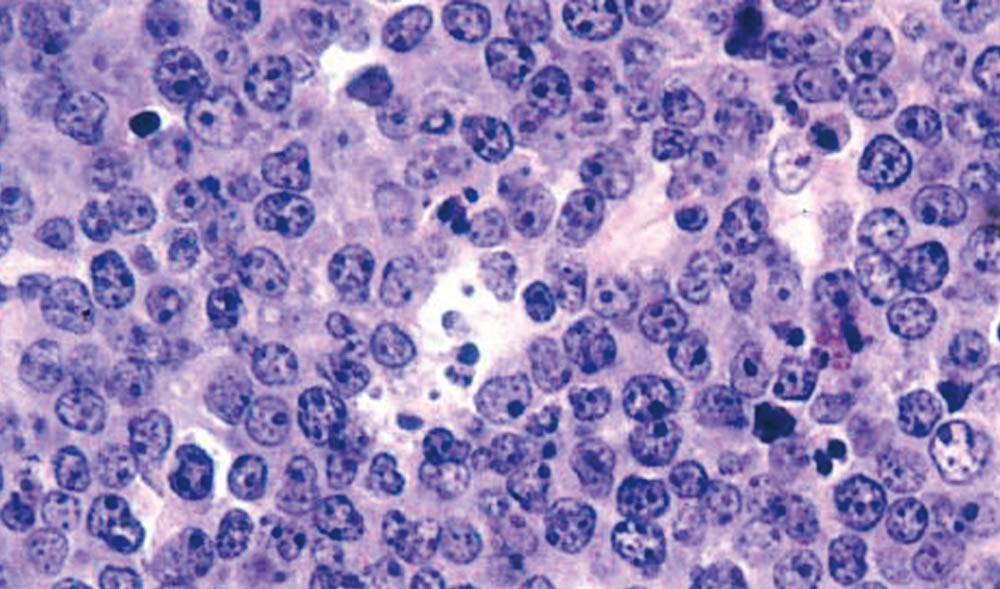
Adult Hodgkin lymphoma has one of the highest cure rates among all cancers. Still, the standard lymphoma therapies – including chemotherapy, radiation, surgery, and steroid therapy – may result in long-term side-effects beginning during treatment, and/or late-term effects arising years or decades after treatment.
This is why check-ups and screenings are so important following treatment. These can be different depending on each patient’s diagnosis, or the type of therapies received during treatment.
What Survivors Need to Know
For five years after treatment, patients are closely monitored by their hematologist and oncologist for any sign of relapse – using CT scans, PET scans, blood tests, and thorough physical exams. After those five years, the patient’s check-ups may transfer to a primary care provider, where follow-up care can include general health screenings for secondary malignancies and cardiovascular disease.
In addition to their follow-ups with their oncologist, patients should see continue to see their primary care physician as appropriate for other health issues. At these visits, general health screenings may include basic blood tests, pap tests, colorectal screenings, prostate exams, bone density scans, vaccinations, and thyroid function tests.
Radiation and chemotherapy therapy for Hodgkin’s lymphoma may also result in greater risk for developing secondary diseases. Screening is recommended for:
- Lung cancer: For past chest radiation or chemotherapy with an “alkylating” agent, yearly chest x-rays or CT scans may be recommended depending on other risk factors such as smoking.
- Breast cancer: For females who have had radiation on the chest or armpit area, breast cancer screenings should begin 8 years after treatment or beginning at age 25 — whichever comes first.
- Colon cancer: For patients who have had past radiation on the spine or pelvis, colonoscopy screenings are recommended after age 50.
- Thyroid cancer: Neck or chest radiation may affect the thyroid gland, and thyroid hormone function should be checked at least annually.
- Cardiovascular disease: Survivors of Hodgkin’s lymphoma have an increased risk of cardiovascular disease. The best way for survivors to reduce this risk is to follow a healthy lifestyle, in diet and regular exercise. Five years post-treatment, patients should check blood pressure, cholesterol levels, and blood glucose levels. An echocardiogram or stress test may also be suggested at certain times depending on other heart disease risk factors.
- Patients with past neck radiation also have a higher risk of a stroke. High blood pressure, high cholesterol, and diabetes risk should be monitored.
Radiation treatment of the pelvic area may result in side effects, including infertility or premature menopause. Feelings of anxiety and depression, or perhaps fear of recurrence, may linger as well. Consultations with mental health professionals may help survivors cope with these emotions and reduce stress.
Learn more about treatment for Hodgkin lymphoma and clinical care and services for adult-onset cancer survivors from Dana-Farber.
